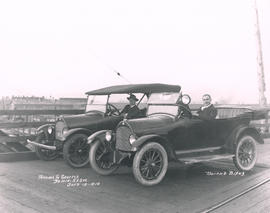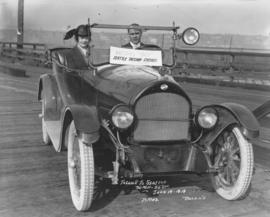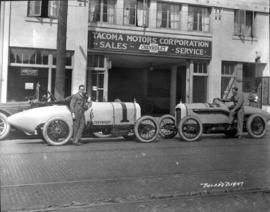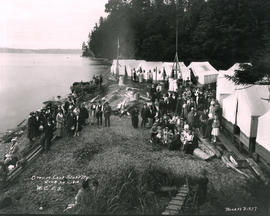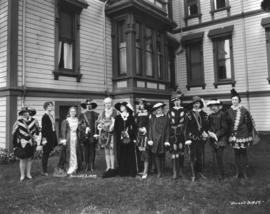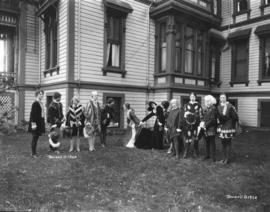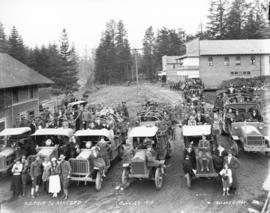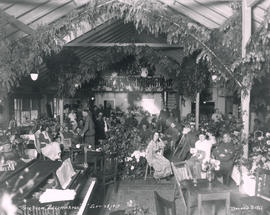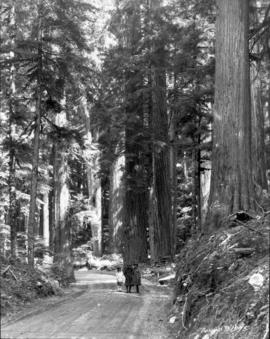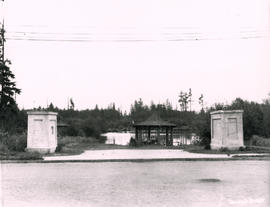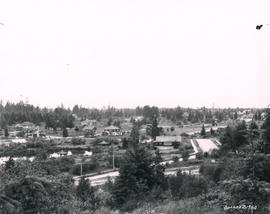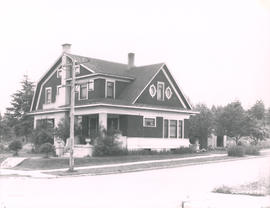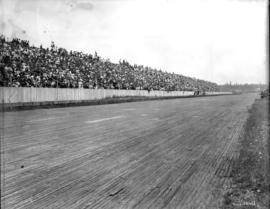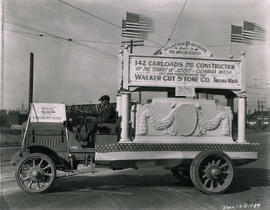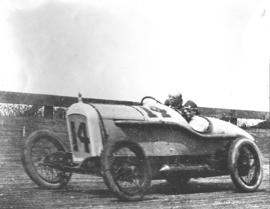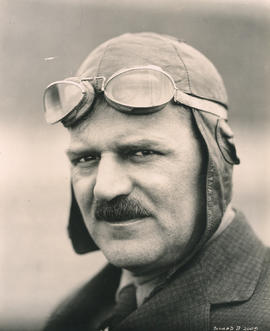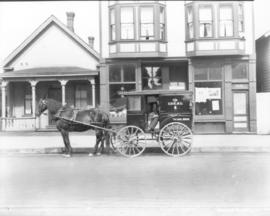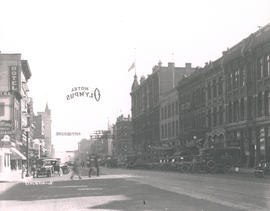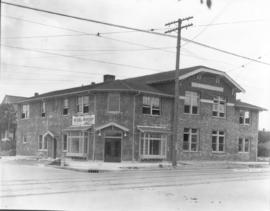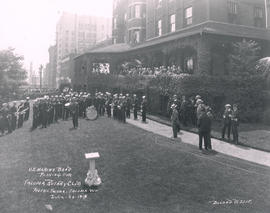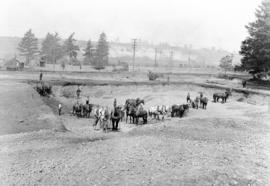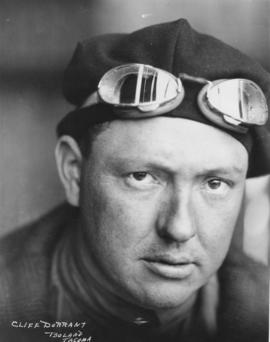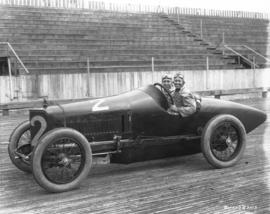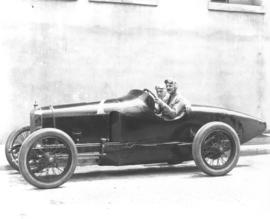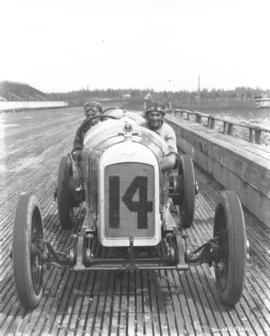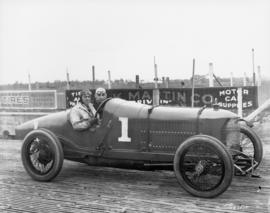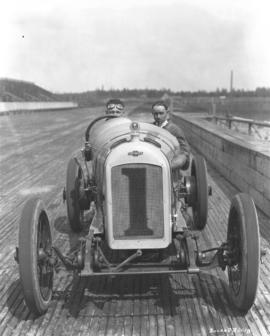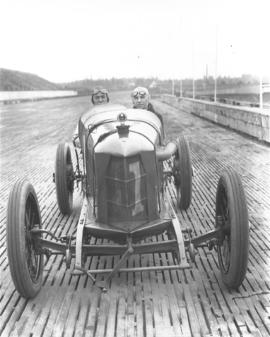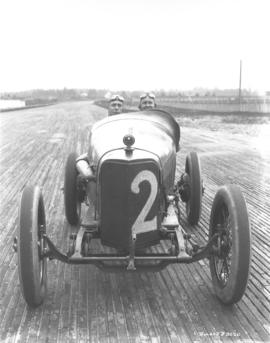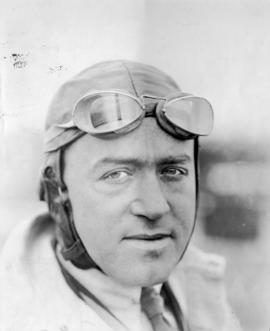Informal portrait of an intense Louis Chevrolet. He was in Tacoma to race in the July 4, 1919, races held at the Tacoma Speedway. He was the overall winner that day, winning two of the three events. Chevrolet, one of the best known names in automobile history, first belonged to this mechanical genius Louis Chevrolet. Born in Switzerland on Christmas Day, 1878, the son of a watchmaker, Chevrolet enjoyed taking things apart to see how they worked, but not sitting in a classroom. He left school early to become a bicycle mechanic and later a racer of bicycles. Once he discovered automobiles, there was no turning back. He left his home in 1900, at the age of 21, for North America. He began racing in 1905 and by 1907 had caught the attention of W.C. Durant, the father of General Motors, who hired him to design and race for his Buick racing team. Chevrolet was the head of a racing family of three brothers, the other two being Gaston and Arthur. Louis is credited with 27 major event racing wins in his career. In 1911, Durant traded on the fame of the Chevrolet name to form Chevrolet Motors, competing with Ford in the moderate price market, with Louis Chevrolet as head designer. Chevrolet soon left due to artistic differences and formed his own company, Frontenac Motors. After the financial failure of Frontenac, he designed race cars for Monroe Motor Co., designing the Indy 500 winner in both 1920 and 21. After cars, he branched out into airplane design without great business success. He died in 1941, at the age of 63, having never achieved the financial success that he deserved. His fame lives on in the Chevrolet automobile name. G52.1-031; TPL-3173
Chevrolet, Louis; Automobile racing--Lakewood--1910-1920; Racing automobile drivers;
